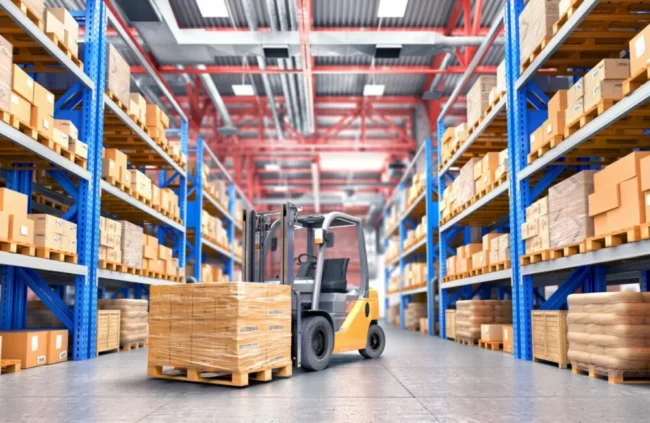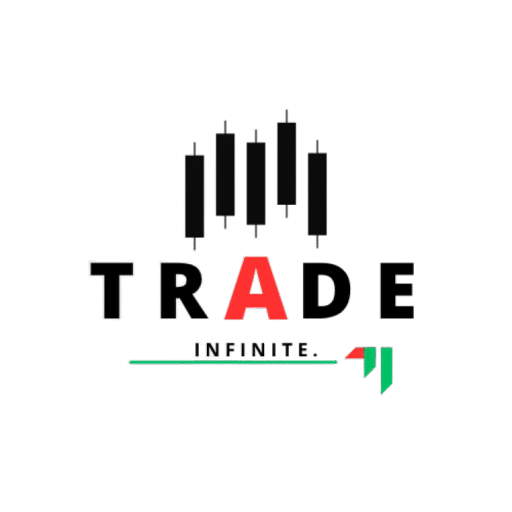Tubed packaged goods are a vital segment of the global packaging industry, serving sectors like personal care, pharmaceuticals, food, and industrial
Tubed packaged goods are a vital segment of the global packaging industry, serving sectors like personal care, pharmaceuticals, food, and industrial products. Their convenience, portability, and ability to protect sensitive contents make tubes a preferred choice for many manufacturers and consumers alike. However, evolving consumer preferences, technological advancements, and increasing regulatory demands are reshaping the tubed packaging landscape.
This article explores the current market trends influencing tubed packaged goods and offers insights into future opportunities and challenges. Understanding these dynamics is essential for manufacturers, brand owners, suppliers, and investors aiming to thrive in this competitive sector.
Must visit: tradeinfinite

1. Overview of the Tubed Packaged Goods Market
The global tubed packaging market has witnessed steady growth, driven by rising demand in emerging economies and expanding product portfolios in developed markets. According to industry reports, the market size is projected to grow at a compound annual growth rate (CAGR) of around 5-7% over the next five years.
Key sectors fueling this growth include:
- Personal Care and Cosmetics: Toothpaste, skin creams, lotions, and hair care products dominate.
- Pharmaceuticals: Topical creams, gels, and ointments packaged in tubes.
- Food Industry: Condiments like mayonnaise, mustard, and sauces.
- Industrial Applications: Adhesives, sealants, and lubricants.
2. Market Drivers
a. Increasing Consumer Convenience Demand
Modern consumers seek packaging that is easy to use, portable, and hygienic. Tubes allow controlled dispensing and resealing, aligning well with on-the-go lifestyles and home care needs.
b. Product Protection and Shelf Life
Tubed packaging offers excellent protection from contamination, moisture, and air exposure, extending product shelf life—especially critical in pharmaceuticals and cosmetics.
c. Growth in Emerging Markets
Rising disposable incomes, urbanization, and increasing awareness of personal care drive tubed product consumption in regions such as Asia-Pacific, Latin America, and Africa.
d. Innovation in Materials and Design
Technological advancements in tube materials, printing, and closures enable differentiation and improved sustainability, attracting both brands and consumers.
3. Emerging Trends in Tubed Packaging
a. Sustainability and Eco-Friendly Packaging
Environmental concerns are top-of-mind. Brands are adopting recyclable mono-material tubes, lightweight designs, and refillable systems. Use of bio-based plastics and incorporation of recycled content are gaining momentum.
b. Personalization and Customization
Digital printing allows brands to offer personalized packaging and limited editions, enhancing consumer engagement and loyalty.
c. Smart Packaging
Integration of QR codes, NFC tags, and augmented reality (AR) features provides interactive consumer experiences and improves supply chain transparency.
d. Premiumization
Luxury brands are investing in high-end tubes with sophisticated finishes such as embossing, metallic foils, and soft-touch coatings to enhance shelf appeal.
e. E-commerce Friendly Design
With rising online sales, packaging is evolving to withstand shipping stresses and provide easy opening while maintaining product integrity.
4. Material Innovations
a. Mono-Material Tubes
Replacing multi-layer laminates with single-material tubes made from HDPE or PP facilitates recycling and reduces environmental footprint.
b. Barrier Enhancements
New barrier coatings and co-extrusions maintain product protection while enabling recyclable formats.
c. Bioplastics and Compostable Tubes
Though still nascent, bioplastics derived from renewable sources and compostable materials are being tested, particularly for short shelf-life products.
5. Technological Advances in Manufacturing
a. Automation and Industry 4.0
Smart factories use IoT sensors, robotics, and AI-driven quality control to increase efficiency and reduce defects.
b. Digital Printing
Offers on-demand, variable data printing for short runs and customized designs without tooling costs.
c. Advanced Filling Techniques
New filling systems improve precision, reduce waste, and enable handling of viscous or sensitive products.
6. Regulatory Landscape
Increasing global regulatory focus on packaging sustainability and safety impacts tubed goods:
- Extended Producer Responsibility (EPR): Producers bear responsibility for packaging waste collection and recycling.
- Food Contact Safety Regulations: Stringent standards govern materials in contact with consumables.
- Labeling Requirements: Transparency on ingredients, recyclability, and disposal.
Compliance drives innovation and influences material and design choices.
7. Challenges Facing the Tubed Packaging Market
- Recycling Infrastructure: Lack of efficient recycling systems for composite tubes.
- Cost Pressures: Balancing sustainability with cost competitiveness.
- Material Performance: Ensuring eco-friendly materials meet barrier and durability requirements.
- Supply Chain Disruptions: Raw material volatility and logistics challenges.
- Consumer Awareness: Educating consumers on proper disposal and recycling.
8. Regional Market Insights
a. Asia-Pacific
The fastest-growing region driven by rising population, urbanization, and increased demand for personal care products. Local manufacturers innovate to cater to cost-sensitive markets.
b. North America
Focus on sustainability and premiumization with strong regulatory frameworks promoting recyclable packaging.
c. Europe
Leading in environmental regulations and adoption of circular economy principles. High consumer demand for eco-friendly packaging.
d. Latin America and Middle East & Africa
Emerging markets with growing awareness and evolving infrastructure; opportunity for affordable and sustainable solutions.
9. Future Outlook and Opportunities
a. Circular Economy Adoption
Increased collaboration among brands, recyclers, and governments to close the packaging loop.
b. Expansion of Refillable and Reusable Tubes
Growth in refill systems to reduce waste, especially in cosmetics and personal care.
c. Integration of Smart Technologies
More packaging will integrate tracking and authentication to improve safety and consumer interaction.
d. Diversification into New Product Categories
Expansion into niche markets like nutraceuticals, pet care, and specialty chemicals.
e. Investment in R&D
Ongoing research into next-generation sustainable materials and manufacturing technologies.
10. Conclusion
The tubed packaged goods market is dynamic and poised for continued growth driven by consumer demand, technological innovation, and sustainability imperatives. Brands that innovate in materials, design, and digital engagement while aligning with evolving regulations will gain a competitive edge.
Sustainability remains the key trend shaping the future, challenging manufacturers to develop recyclable, reusable, and lower-impact tubes without compromising product protection or consumer convenience.
Staying ahead requires a holistic approach—integrating market insights, technical expertise, and environmental responsibility to meet the needs of today’s conscious consumers and tomorrow’s regulatory landscapes.
Frequently Asked Questions (FAQs)
Q1: What are the key sectors using tubed packaging?
A: Personal care, pharmaceuticals, food, and industrial products.
Q2: Why is sustainability important in tubed packaging?
A: Because traditional tubes often use multi-materials difficult to recycle, contributing to environmental pollution.
Q3: What is a mono-material tube?
A: A tube made from a single type of plastic that is easier to recycle.
Q4: How is digital printing changing tubed packaging?
A: It enables customization, short runs, and on-demand printing, reducing waste and enhancing consumer engagement.
Q5: What challenges affect the tubed packaging market?
A: Recycling infrastructure limitations, cost pressures, material performance issues, and consumer awareness.




COMMENTS